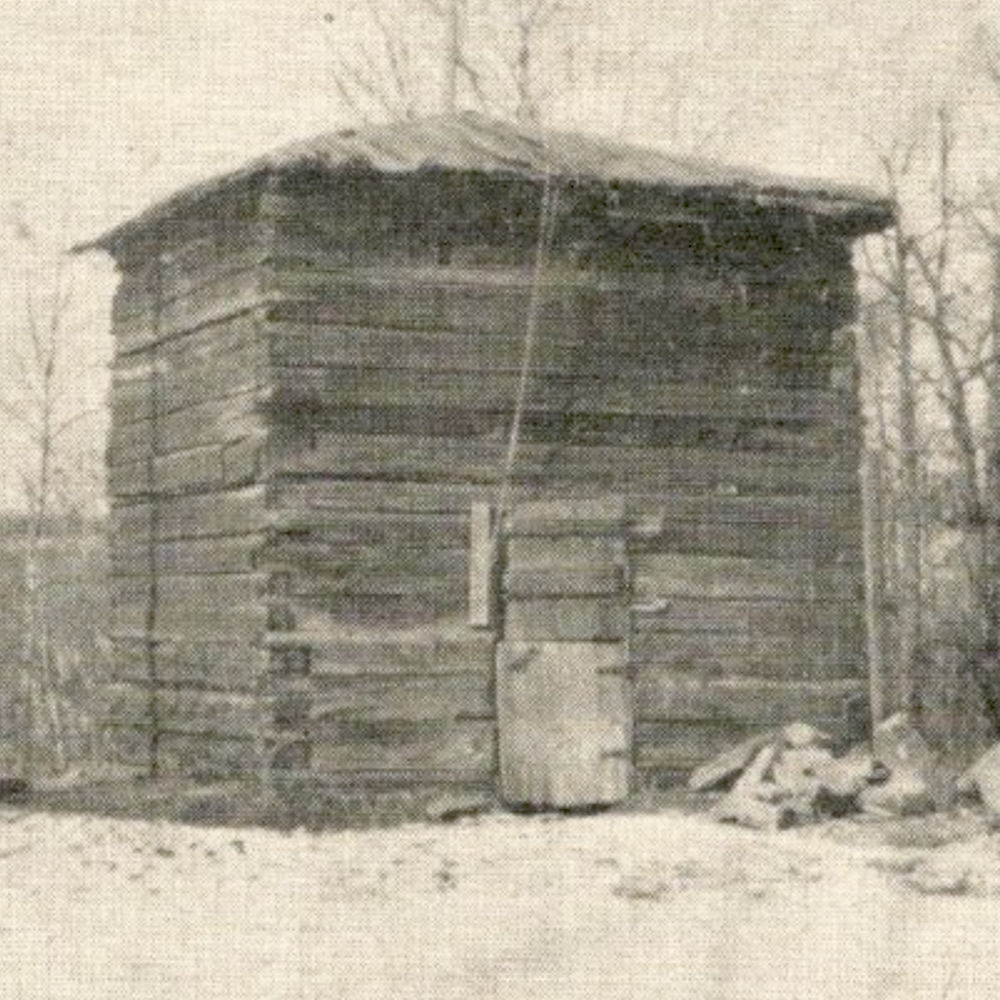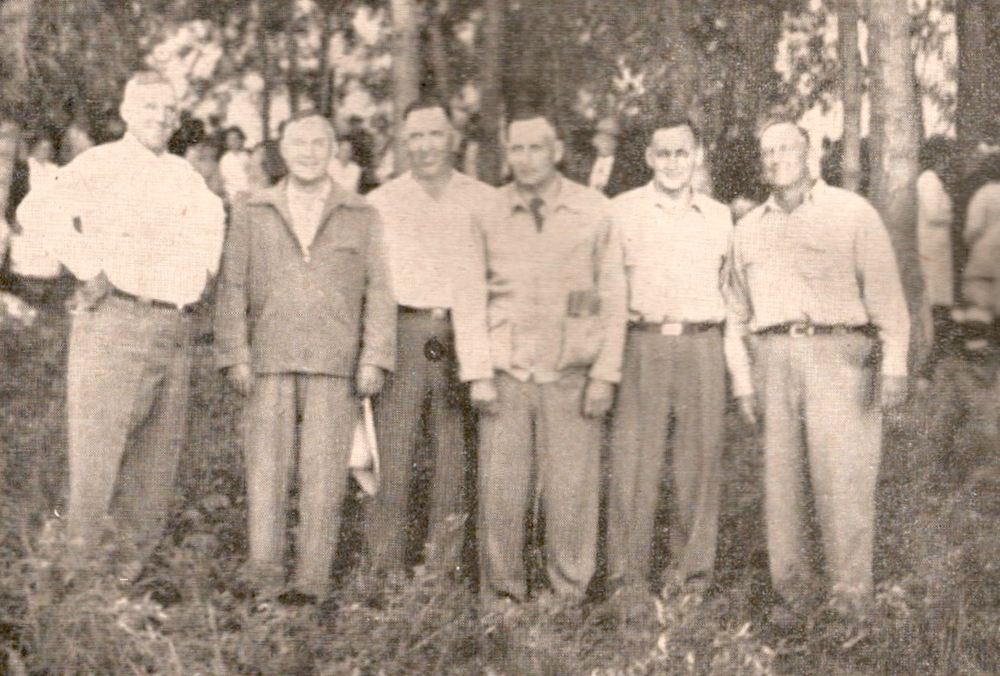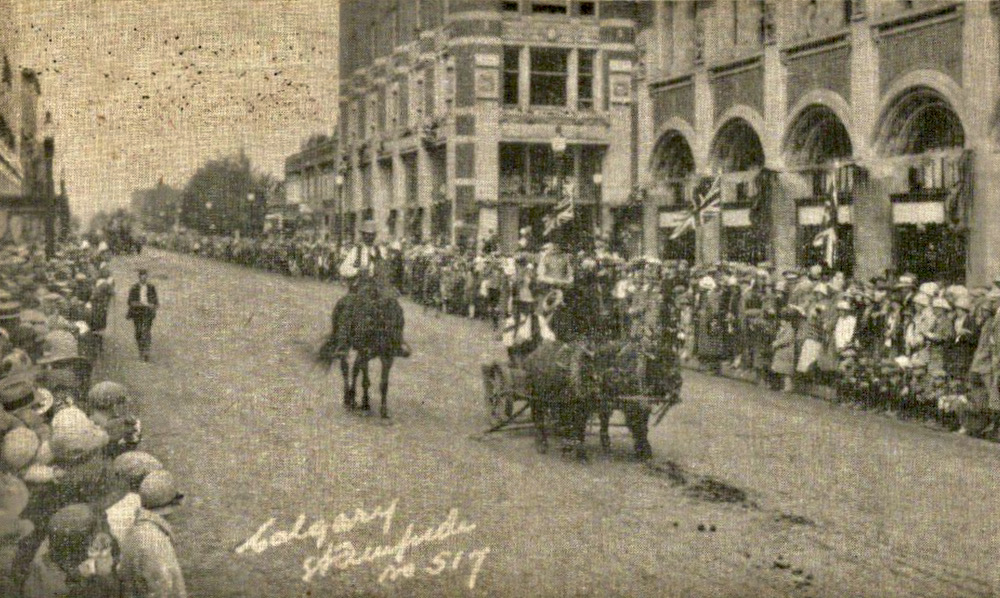Many are the hearts
By Lyn Harrington
The man with the most proposals this Leap Year is a bachelor rancher of Alberta. He’s 1952’s most sought after catch of the season.
It all started quite simply. Last January, a photographer went into a tiny western community on the Red Deer River. He planned simply a picture-story on a cowboy’s winter activities.
The scene was set. His cowpuncher-farmer-host hauled hay, chopped holes in the ice for the cattle to drink, rode his frost-encrusted pony up the coulees, butchered western beef. He attended one of the rare winter dances in the village schoolhouse.
Read Also
History: Reminiscences of the North West Rebellion, 1885
Reminiscences of the North West Rebellion, 1885By Annie L. Gaetz ‘The seat of the North West Rebellion of 1885, was…
There someone made the chance remark that this was Leap Year… and there were 20 bachelors at the village dance! Not one of them had the remotest chance of marrying a local girl, for not a marriageable girl lived in a radius of fifteen miles at least.
At once the photographer changed his tack. His picture-spread now became “The Lonesome Bachelors of the Badlands.” He pictured the plight of the well-to-do solitary rancher who does his own laundry, cooks his own meals, and comes home at night to an empty house through a blizzard. The story had more drawing-power than anyone expected. For “many are the hearts that are weary…”
The photo-story was used in an American weekend newspaper insert. And the letters flocked in from every state in the Union and even Mexico. Then Canada’s largest weekly ran the story and mail came from Newfoundland to B.C. The pictures appeared in a Dutch magazine, and the English, Irish and Australian press. Mail came from all those countries, from Jamaica and Bermuda, from Mauritius in the Indian Ocean, from British Guiana… a tally of close to 3,000 letters from even lonelier women.
Many of the correspondents doubted the story could be true… thought it was merely a newsman’s gag… or a callous advertisement not in the best of taste. Some of the letters took a scolding tone, and thought the bachelors complaisant waiting for women to go find them. But the majority took it seriously — as it was meant — and saw it as a problem that needed solving.
There was one error in the story. The first count was too low by thirty per cent. There are actually 31 single men, including a few widowers, in that 15 mile radius. They range from 23 to 70 and some are bachelors by grim conviction.
What were the letters like?
They came all kinds.
And the rancher’s embarrassment soon gave way to amused despair, then to pity and finally, as the mail piled up, to boredom. For the letters were much alike, though language and writing and character were different. The thread running through them was amazement that men should be lonely in a man’s world, followed by the writer’s own personal knowledge of loneliness.
One immediate response was a telegram. “Am a rural schoolteacher, 28, love the wide open spaces. Will you marry me?”
One telephoned long-distance from St. Louis. Another call came from Gary, Indiana, where 300 girls on the night-shift in a steel plant toted up their nickels for one brave lass to put through the call.
They were factory workers, school teachers, farm girls and nurses, university professors… many of them anxious to escape life in Holland, England or Ireland which offered little future. Quite a few were divorcees. Many were war widows, especially from England and Holland.
Twelve letters came from a single street in one city.
Others were older women who cheerfully asked the “spokesman” of the group to pass their letters on to some of his older friends who might like to alleviate their loneliness by letter writing.
But how large a portion of the 3,000 letters were answered?
Well, you know how it goes. The first hundred or so got prompt answering. But, as mail bags filled the small kitchen-post office, it became an overwhelming task. No one could possibly answer them all. Letters were handed over by the armful to other bachelors and at present 17 of the boys are in correspondence with pen pals. How it will come out no one can say. And this is no “Lonely Hearts Club” or organized correspondence. Most of the letters are from girls or women you’d be happy to know. Usually handwriting, spelling and choice of words are quite indicative of character and education, apart from the writer’s statements.
Many of the correspondents would like to come west, to see for themselves. But there is no place to stay, no “excuse” for being on hand.
But one girl got a break. Hearing of the response to the first article, the newspaper flew one correspondent to the rancher’s village for a brief visit. Yep, she’s coming back this summer, probably to stay.
In a way the bachelors protest the use of the word “lonely” — it makes them look like objects to be pitied, or slow-pokes or something. “Gosh,” they insist, “we like living in a bachelor’s hall. We never sit down in a corner and feel sorry for ourselves.” But the fact remains, that almost to a man they’ll admit they’d like at least a “confidant” to share their joys and sorrows.
As the old song says, “you can’t marry ten pretty girls” … much less 3,000 of them.
‘Our History’ is curated by former Canadian Cattlemen editor, Gren Winslow.
















